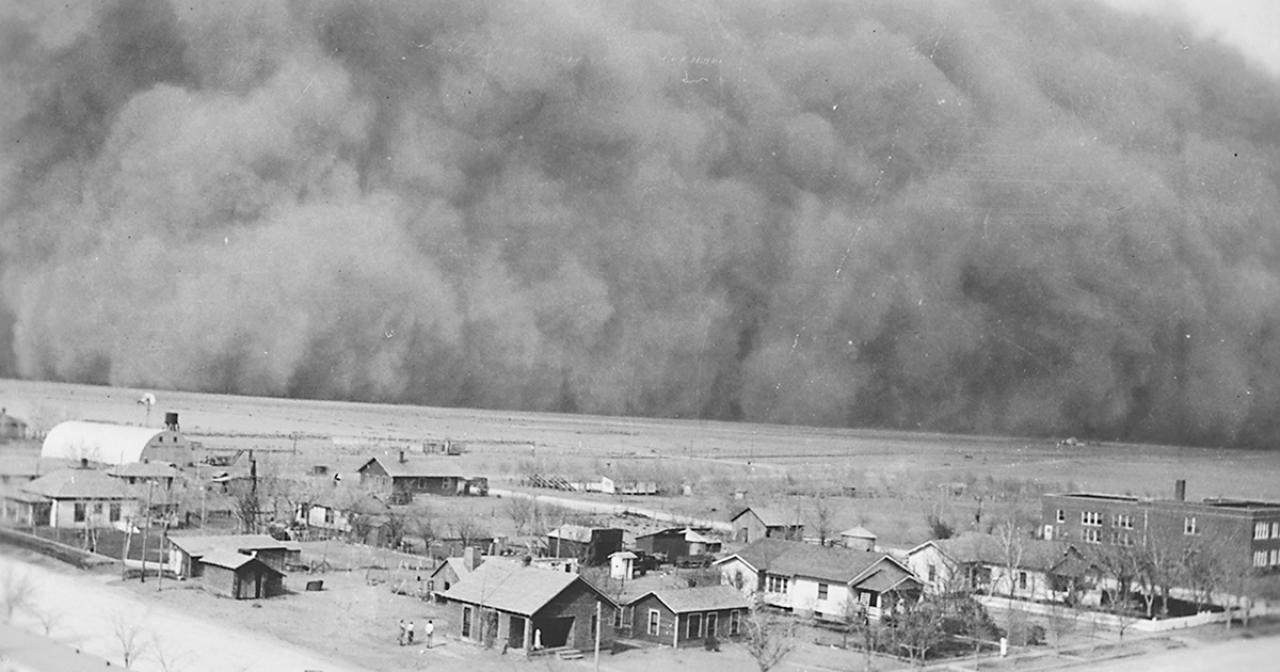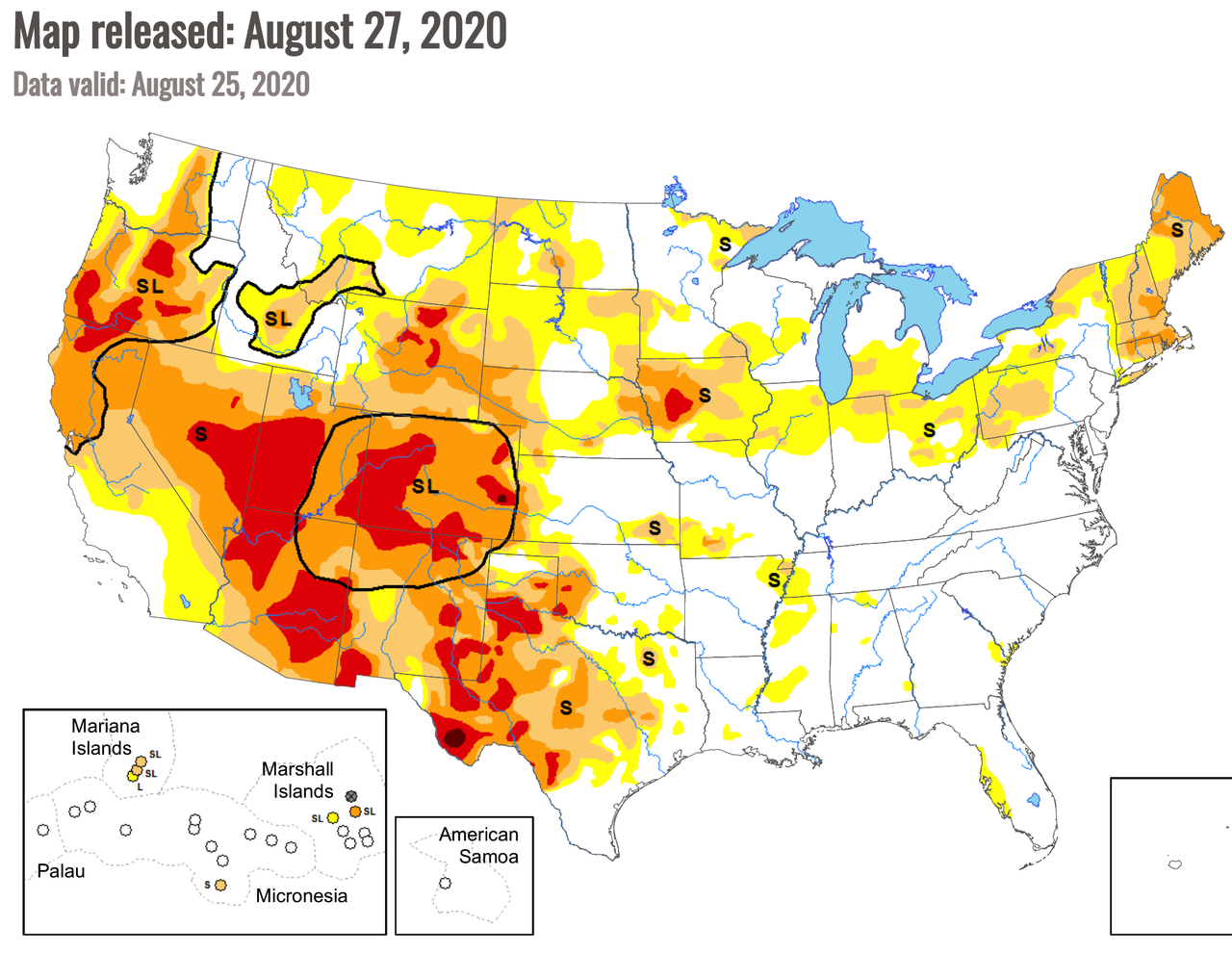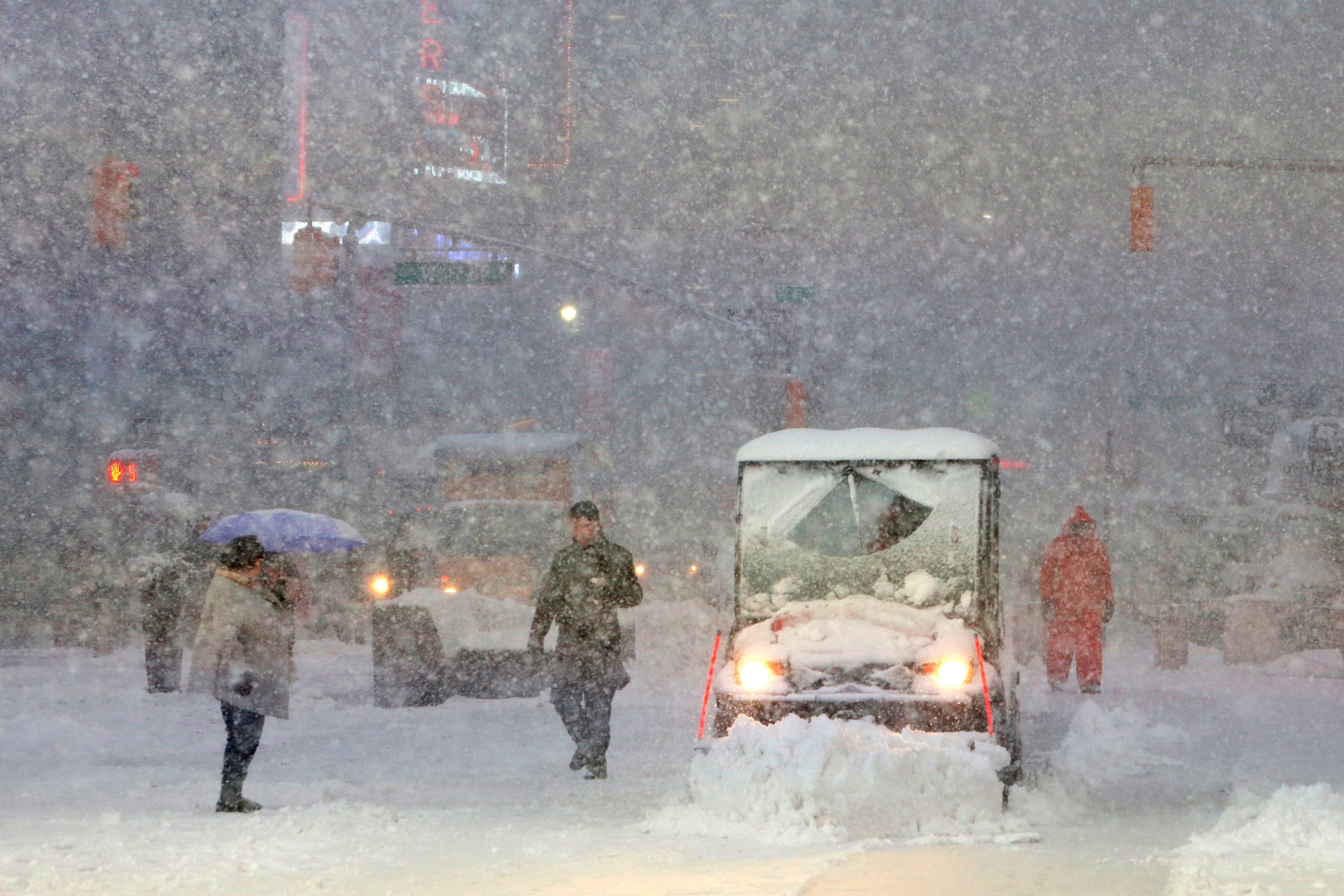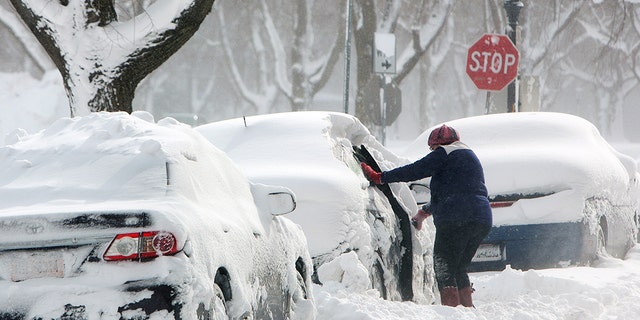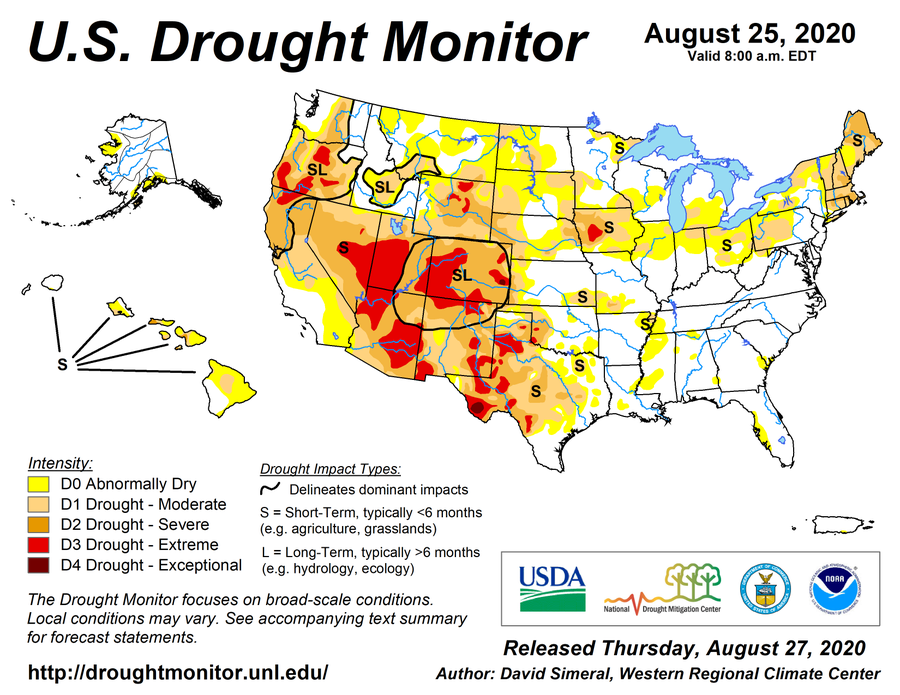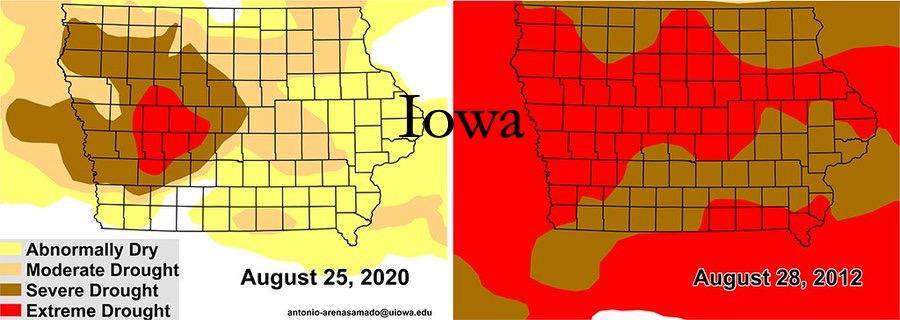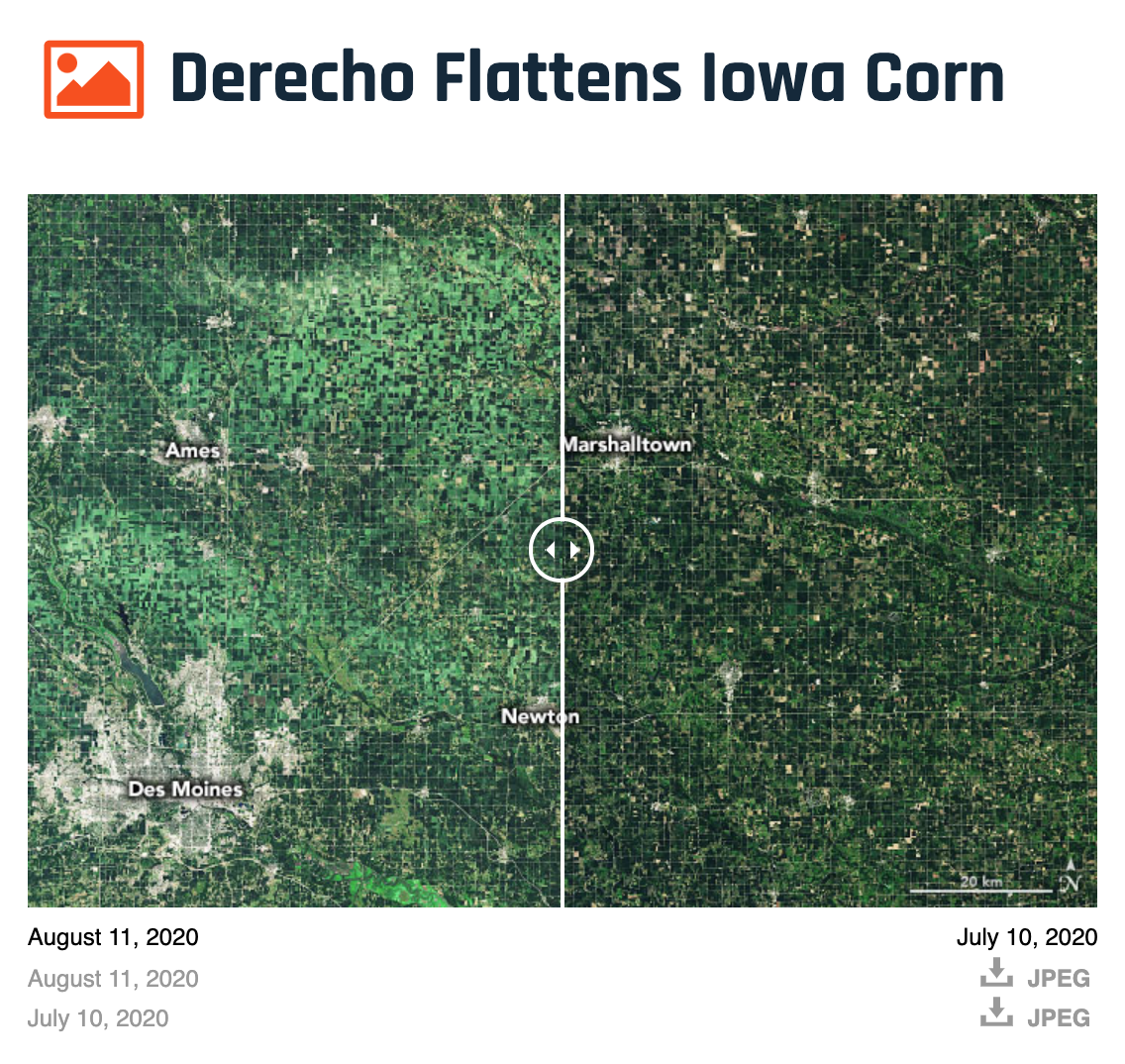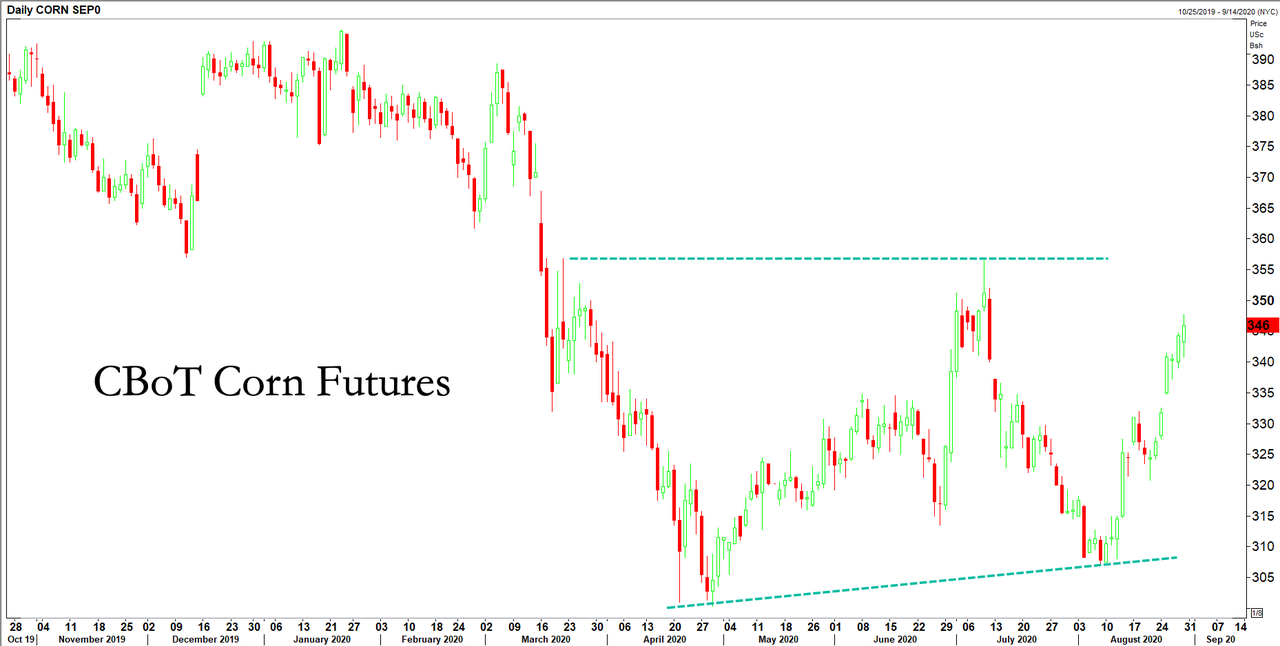Forget 'oh boy'......oh holy hell. Dr. Zharkova is pretty much the leading expert on the GSM, as most of us know:
Zharkova's analysis suggests that a repeat of a Maunder Minimum-style spell of global cooling will run through 2020–2053.

electroverse.net
PROFESSOR VALENTINA ZHARKOVA: “WE ENTERED THE ‘MODERN’ GRAND SOLAR MINIMUM ON JUNE 8, 2020”
AUGUST 30, 2020 CAP ALLON
A new editorial paper has landed from professor Valentina Zharkova, entitled: “Modern Grand Solar Minimum will Lead to Terrestrial Cooling“. Published on August 4, 2020, Zharkova’s latest analysis suggests that June 8, 2020 was the date on which we entered the Modern (Eddy) Grand Solar Minimum.
The opening paragraph reads:
“In this editorial I will demonstrate with newly discovered solar activity proxy-magnetic field that the Sun has entered into the modern Grand Solar Minimum (2020–2053) that will lead to a significant reduction of solar magnetic field and activity like during Maunder minimum leading to noticeable reduction of terrestrial temperature.”
Another passage states:
“Currently, the Sun has completed solar cycle 24 – the weakest cycle of the past 100+ years – and in 2020, has started cycle 25. During the periods of low solar activity, such as the modern grand solar minimum, the Sun will often be devoid of sunspots. This is what is observed now at the start of this minimum, because in 2020 the Sun has seen, in total, 115 spotless days (or 78%), meaning 2020 is on track to surpass the space-age record of 281 spotless days (or 77%) observed in 2019. However, the cycle 25 start is still slow in firing active regions and flares, so with every extra day/week/month that passes, the null in solar activity is extended marking a start of grand solar minimum.”
What are the consequences for Earth of this decrease of solar activity?
“From 1645 to 1710, the temperatures across much of the Northern Hemisphere of the Earth plunged when the Sun entered a quiet phase now called the
Maunder Minimum. This likely occurred because the total solar irradiance was reduced by 0.22%,” shown below (top graph); “that led to a decrease of the average terrestrial temperature measured mainly in the Northern hemisphere in Europe by 1.0–1.5°C,” also below (bottom graph):
“The surface temperature of the Earth was reduced all over the Globe, especially in the countries of the Northern hemisphere,” continues Zharkova’s editorial. “Europe and North America went into a deep freeze: alpine glaciers extended over valley farmland; sea ice crept south from the Arctic; Dunab and Thames rivers froze regularly during these years as well as the famous canals in the Netherlands.”
Zharkova’s latest analysis suggests that a repeat of a Maunder Minimum
-style spell of global cooling will run through solar cycles 25–27 (2020–2053). She writes: “Similarly to the Maunder Minimum … the reduction of solar magnetic field will cause a decrease of solar irradiance by about 0.22% for a duration of three solar cycles (25–27).” Zharkova determines that this drop in TSI (in conjunction with the “often overlooked” role solar background magnetic field plays, as well as with cloud nucleating cosmic rays) will lead to “a drop of the terrestrial temperature by up to 1.0°C from the current temperature during the next three cycles (25–27) … to only 0.4°C higher than the temperature measured in 1710,” with the largest temperature drops arriving “during the local minima between cycles 25−26 and cycles 26–27.”
And crucially, Zharkova isn’t afraid to lay out the implications of all this.
She concludes:
“The reduction of a terrestrial temperature during the next 30 years can have important implications for different parts of the planet on growing vegetation, agriculture, food supplies, and heating needs in both Northern and Southern hemispheres. This global cooling during the upcoming grand solar minimum (2020–2053) can offset for three decades any signs of global warming and would require inter-government efforts to tackle problems with heat and food supplies for the whole population of the Earth.”
Oh, what a rude-awakening all those who have
somehow retained faith in the modern climate sciences have in store for them. I have no idea how long their AGW ruse can continue, how long the UHI-effect can prop up those phony global temperature charts — and while all of us are in for a bumpy ride cooling-wise, won’t it be fun watching the smug, self-righteous faces of AGW party members
drop as their orchestrated religion collapses around them (no doubt there will be a moment of finger pointing and yelps of “I told you so”, but then, as is human nature, I will likely offer to share a portion of of my recently harvested fava beans–
minus the nice Chianti, that is…).
For Professor Valentina Zharkova’s fascinating editorial in full, click
here.
The
COLD TIMES are returning, the mid-latitudes are
REFREEZING; in line with
historically low solar activity,
cloud-nucleating Cosmic Rays, and a
meridional jet stream flow. Even NASA appears to agree,
if you read between the lines, with their forecast for this upcoming solar cycle
(25) seeing it as “
the weakest of the past 200 years,” with the agency correlating previous solar shutdowns to prolonged periods of global cooling
here.

 Prepare for the COLD
Prepare for the COLD —
learn the facts, relocate if need be, and grow your own.
